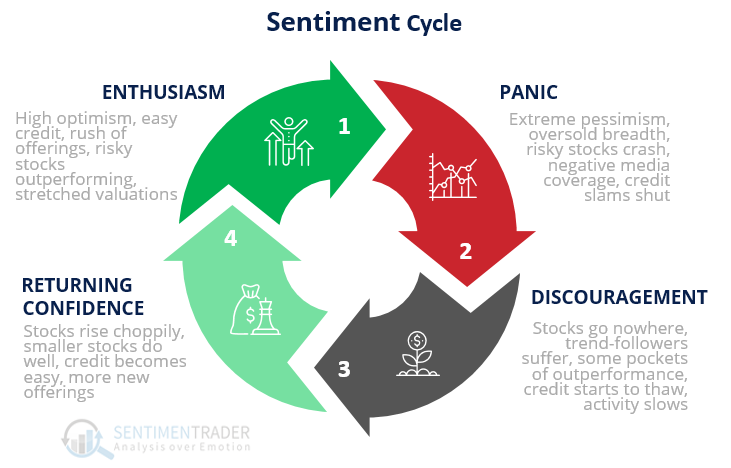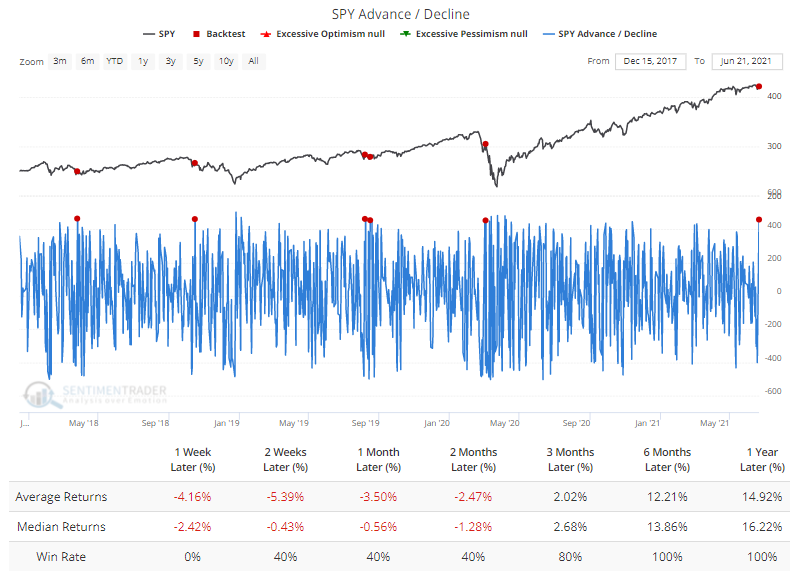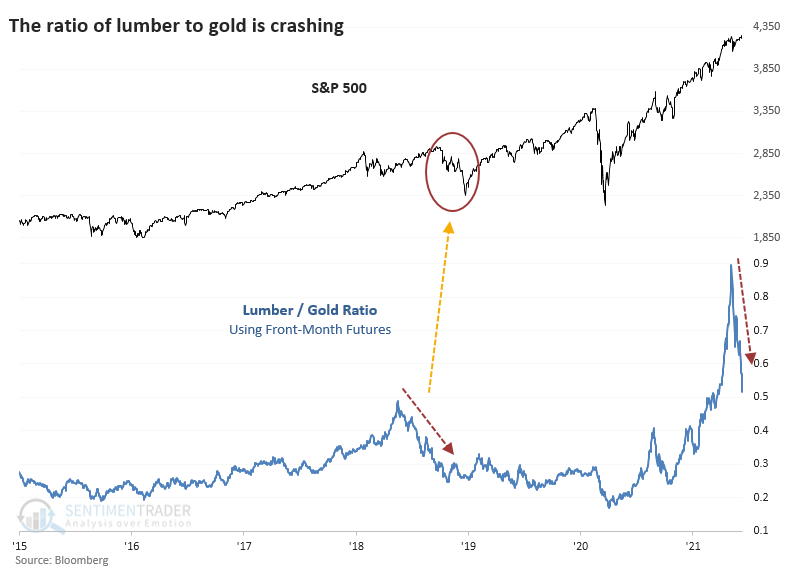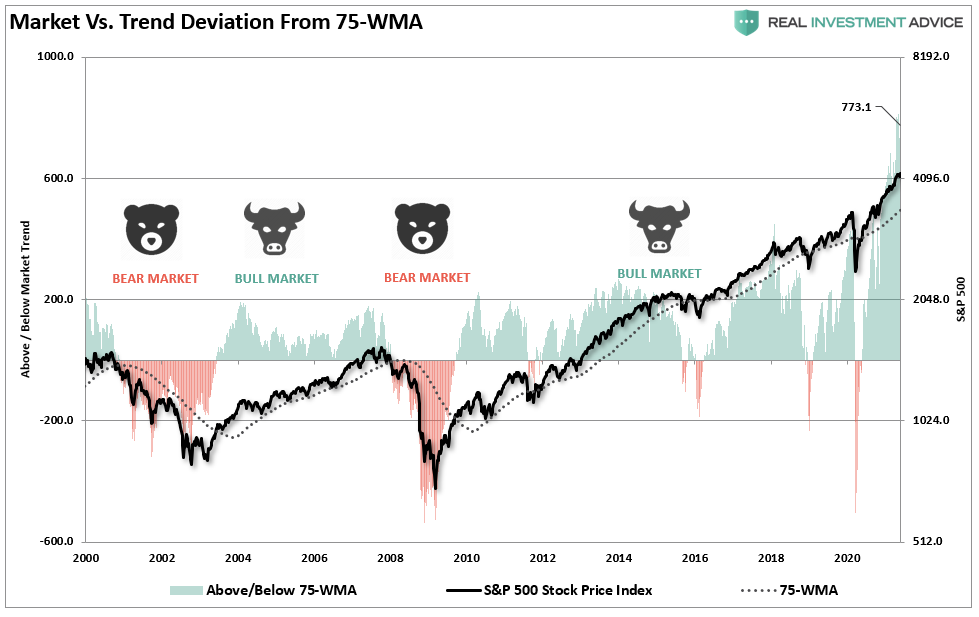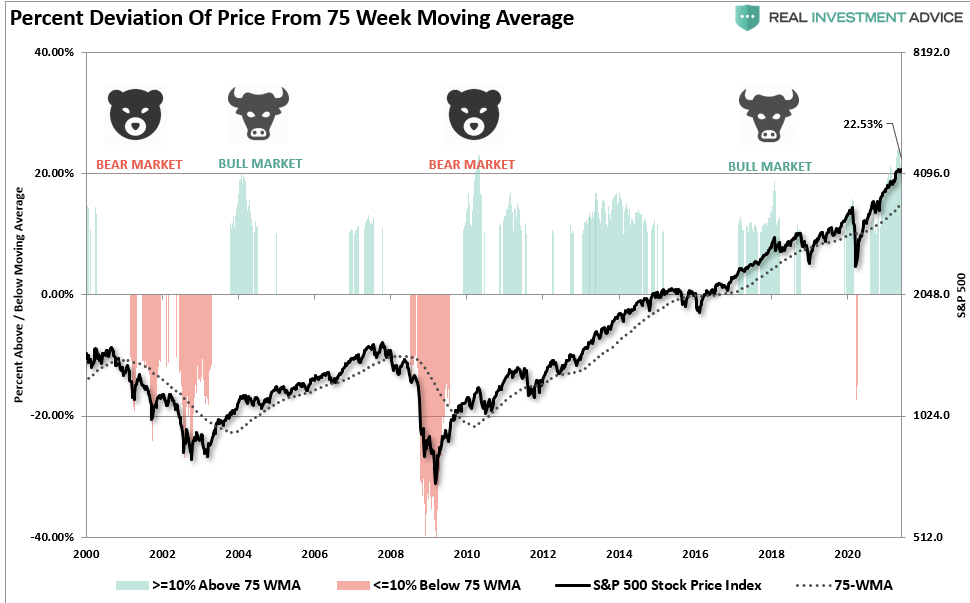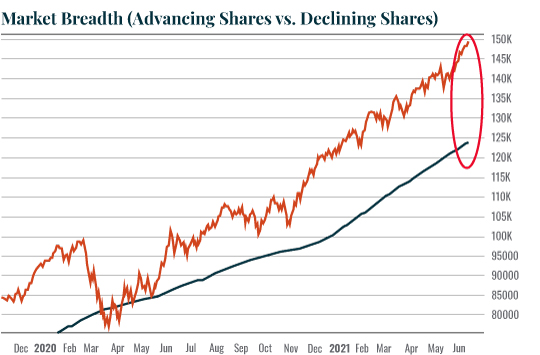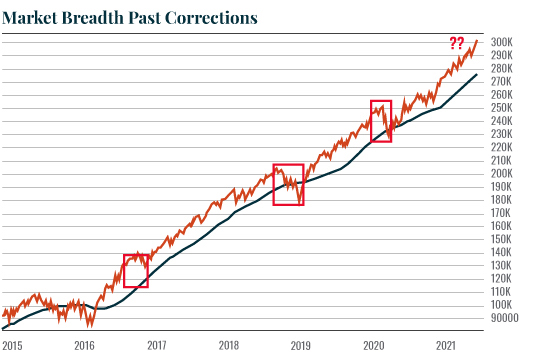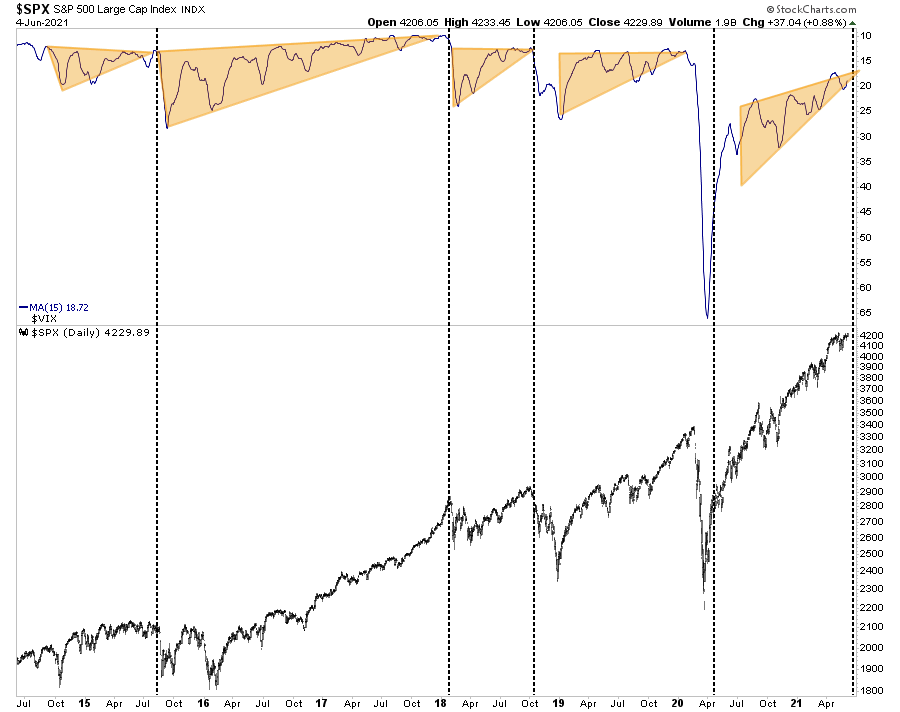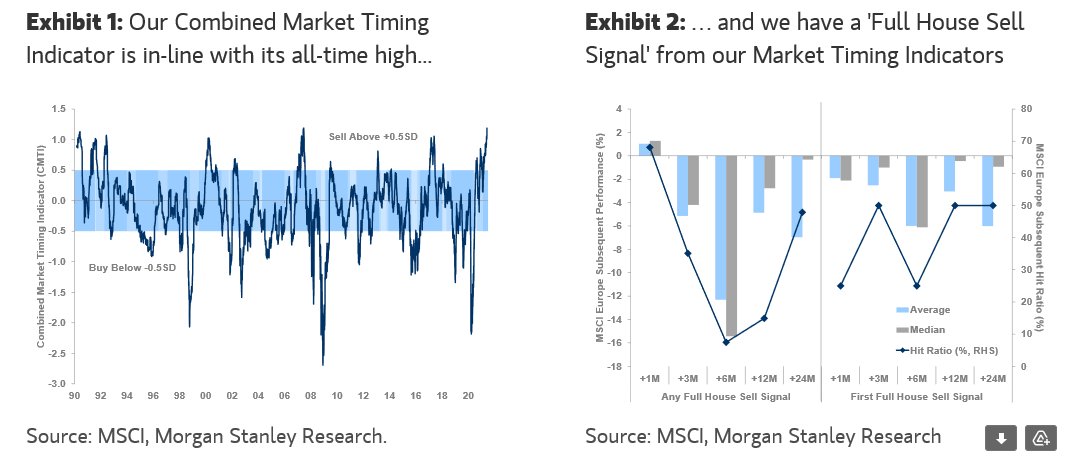$100 Oil Is Coming... And It Spells Trouble for the Economy
By Trish Regan
At the gas pumps this summer, Americans are about to experience something they haven't felt in years... sticker shock.
Already in California, gas prices are upwards of $4 a gallon... And Hawaii and Nevada are close to it, too. Mendocino, California boasts the highest gas prices in the country – at Schlafer's Auto Body & Repair, it will cost you $6.73 per gallon to fill up your tank.
And summer, with all its road trips, hasn't even kicked into full gear yet!
I've been calling for $75 to $100/barrel oil by summer since January of this year... And unfortunately for the American consumer, it looks like we're almost there.
The Fed's Role in Higher Energy Costs
The Federal Reserve bears some responsibility for these higher prices.
One thing the Fed fails to take into consideration when its members try to tell us inflation is "tame" and "under control" is that the economy is poised for even greater growth at this moment in time.
With the distribution of vaccines throughout most of the country and a decline in virus infection levels, Americans are ready to get out and do what we do so well... consume.
Let's face it – American consumption is unrivaled... It accounts for roughly 70% of U.S. gross domestic product. Plus, our energy consumption is unrivaled in the world... Though Americans constitute just 5% of the population, we account for 24% of the world's oil consumption.
Now during the pandemic, naturally, we stopped spending. People hunkered down, stayed home, and stopped going out to dinner, the movies, and on road trips... They had no choice. But that's all changing now.
The reality is, Americans like and want the good life... so much so, that sadly, many Americans will go into serious debt trying to obtain it. Already, the core personal consumption expenditures price index is already well above the Fed's 2% inflation goal, coming in at 3.1% in April, on the heels of a 1.9% increase in March.
So, with the economy open again, get ready... Inflation is bubbling, and pretty soon, it could come to a boiling point. Energy prices are moving up, and that has a domino effect on everything else.
Higher Energy Means Higher Everything
After all, energy is needed to produce or ship just about anything... So as much as the Biden administration hopes to wean us off our oil addiction, a cutback in oil production couldn't come at a worse time, as far as inflation and the Federal Reserve are concerned.
Less supply with more demand is only going to play out one way – rising prices.
Prices will go up – they already have. The question now is, at what point will those higher prices translate into reduced growth?
Sooner than you might think.
In fact, as I've argued before, the 1970s could resurface with a vengeance (though, hopefully this time we'll leave the bell-bottoms and psychedelic prints in the attic).
The hallmark of that decade included not only that aforementioned bad clothing style, but also gas lines, depressing commentary from then-President Jimmy Carter, and the much-dreaded stagflation.
Stagflation is an economic situation in which there's low growth but high inflation... and there's no reason why that couldn't happen at some point in our near future.
Think about this... Yes, our economy is opening. Yes, there's pent-up demand. Yes, prices are going up... all seemingly healthy occurrences.
But then consider that our federal government wants to encourage people to wait to go back to work by offering generous federal unemployment benefits through September. What does that do to the labor supply? It restricts it, of course. As I wrote last month, why go wash dishes when Uncle Joe will pay you the same to stay home on the couch?
Americans are thoughtful, sensible people who make logical choices. If the government is encouraging them with financial incentives not to work, they won't!
And the effects of that on the overall business community are significant. Employers may need to raise wages significantly (and maybe that's the president's goal?), but at what cost?
You see, if wages go up naturally, then they're sustainable. But if they go up because employers need to compete with the federal government, it's a whole other story... and will lead to additional inflationary pressures. Employers will pay more both in labor costs and in their fundamental product costs (since energy is moving up, too).
All this in turn spells trouble for the U.S. economy – quite possibly leading toward the dreaded path of stagflation.
And what does the Fed do then? Most likely, it will try to scale back on its aggressive monetary policy. But by then, it will be too late. The Fed, in typical government fashion, tends to be reactionary.
Futures Also Make the Case for $100 Oil
Judging by the futures market, it's clear I'm not the only one anticipating a busy summer of travel... A growing number of options traders are eroding the market and betting big on $100 oil. Call options related to Brent and West Texas Intermediate ("WTI") crude oil prices show a bet on oil at $100 by year-end.
The $100 options are now the most widely owned WTI call contracts on the New York Mercantile Exchange.
Oil prices haven't topped $100 since 2014... And though oil is already up 40% this year, it's not inconceivable that we hit this level.
The Pending Inflation Crisis: 'A Global Time Bomb'
The question then becomes, what economic effect will this higher oil have? German investment bank Deutsche Bank put out a warning this week arguing that a global "time bomb" is in the works due to rising inflation, and I couldn't agree more.
According to the bank's analysis, inflation will persist over the coming years, eventually leading to a crisis. Like me, the economic team blames the Fed, suggesting it won't react until it really sees firm evidence of inflation... and by then, it will be too late.
"The consequence of delay will be greater disruption of economic and financial activity than would otherwise be the case when the Fed does finally act," writes David Folkerts-Landau, the chief economist. "In turn, this could create a significant recession and set off a chain of financial distress around the world, particularly in emerging markets."
The question would then become, how much emerging market exposure do American investors have? Like the subprime crisis in 2008, sometimes the diversification of these assets is inherently the problem, since too many investors are exposed.
Unfortunately, the Fed these days really believes it can prevent a crisis. I, however, do not believe that to be the case. Too many Fed governors think they know better... They assume they know how and why people are going to do what they do. As such, they're attempting to outthink the average American.
I've got news for the Fed – it won't work. We're a lot smarter than the Federal Reserve gives us credit for. My advice to the academics on the Fed's board is to get out of the way and never underestimate the power of the American people and the effect we collectively have on the American economy.
And yes... prices are going up. Invest accordingly.
If you want to invest in rising oil, you should consider the SPDR S&P 500 Fund (SPY) or the SPDR Dow Jones Industrial Average Fund (DIA). Both are well-regulated funds that track the performance of the underlying indexes and have exposure to energy companies.
As oil prices rise, it should lead to improving profits and earnings at the index member companies. By investing in these exchange-traded funds, you can participate in the rally without having to take the risk of owning the "wrong" company in the "right" sector.
